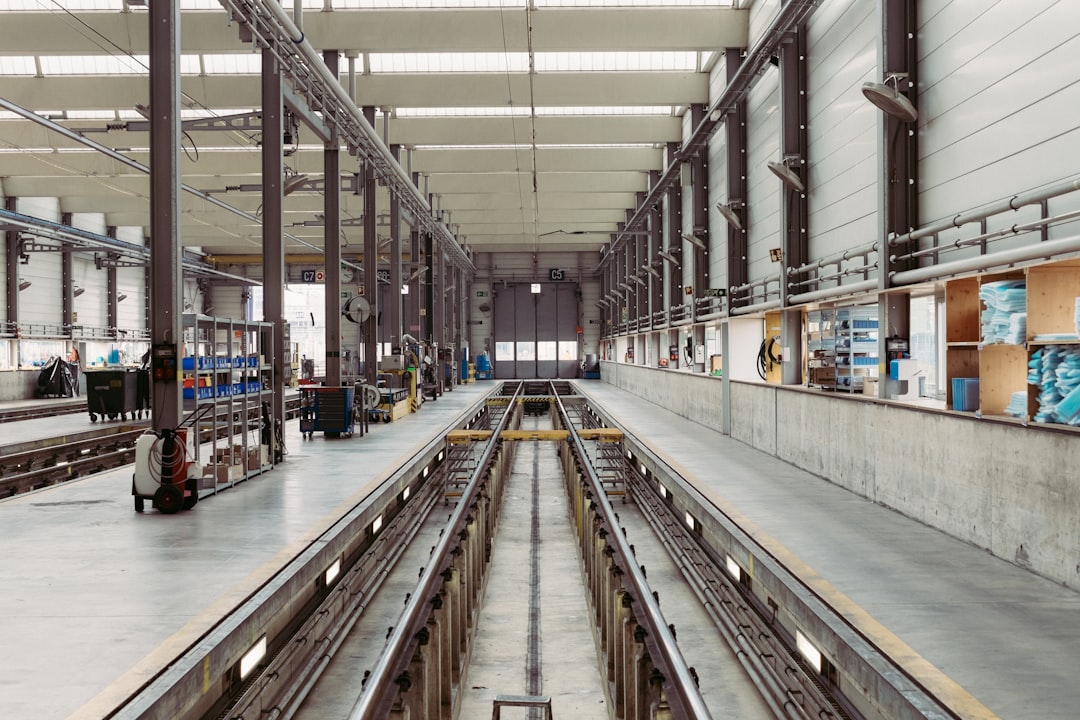Aircraft Maintenance Engineer Mataaro Whakatika Waka Rererangi
Aircraft maintenance engineers keep aeroplanes safe. They install, inspect, maintain and repair aircraft, aircraft radio, avionic (electronic), navigation, communication and electrical and mechanical systems.
All aircraft maintenance engineers who supervise aircraft engineering and maintenance work need to be Licensed Aircraft Maintenance Engineers (LAMEs), approved by the Civil Aviation Authority.
Aircraft maintenance engineers may do some or all of the following:
- inspect and service engines, propellers and airframes, as well as the hydraulic, ventilation/pressurisation, electronic, and mechanical systems of aircraft, to ensure they operate correctly and meet the safety requirements of the original manufacturer, in accordance with Civil Aviation Authority regulations
- read and comprehend instructions for continued airworthiness, in written or diagrammatic form
- diagnose faults
- repair or replace faulty or beyond-safe life parts or systems
- test parts and systems to ensure sure they operate correctly
- use electronic test equipment to view structures without taking them apart (non-destructive testing)
- keep records of repairs.
Licensed aircraft engineers also inspect, supervise and approve the work of other aircraft maintenance engineers.
Physical Requirements
Aircraft maintenance engineers need to have a good level of fitness because they spend a lot of time on their feet, working in and around aircraft, and may do heavy lifting. They must have normal colour vision, because some aircraft components are colour-coded. They should also be comfortable working in confined spaces, as they work in cockpits and wheel cavities.
Useful Experience
Useful experience includes:
- mechanical work
- panelbeating, or work with sheet metal
- electronics or electrical work
- other aviation work.
Personal Qualities
Aircraft maintenance engineers need to be:
- skilled at solving problems
- good listeners and communicators
- practical, methodical and logical
- patient and accurate
- able to work well under pressure and make good decisions.
Skills
Aircraft maintenance engineers need to have knowledge of:
- the electronic, mechanical and structural systems and equipment of aircraft
- how aircraft fly (aerodynamics), and how materials react during flight and within the environment
- the maintenance requirements of the aircraft they are servicing
- approved repair techniques and procedures
- safe work practices and aviation safety rules and regulations.
Conditions
Aircraft maintenance engineers:
- usually work shifts, and may have to be on call during evenings and weekends
- work in hangars or workshops, and on airfields
- work with chemicals such as fuel, oil and hydraulic fluids, which can be hazardous if not handled correctly, and in conditions that may be noisy and stressful
- may travel around New Zealand or overseas.
Subject Recommendations
NCEA Level 2 in English, maths and science is usually needed to enter tertiary training. Processing technologies, and construction and mechanical technologies may also be useful.
For Year 11 to 13 learners, trades academies and the STAR and Gateway programmes are good ways to gain relevant experience and skills.
These programmes may help you gain an apprenticeship, but do not reduce the amount of time it takes to complete it.
Aircraft Maintenance Engineers can earn around $48K-$91K per year.
Civilian aircraft maintenance engineers
Pay for civilian aircraft maintenance engineers varies depending on experience and level of responsibility.
- Non-qualified and apprentice aircraft maintenance engineers usually earn between $48,000 and $50,000 a year.
- Those with three to four years' experience usually earn between $48,000 and $91,000 a year.
- Senior aircraft maintenance engineers usually earn between $86,000 and $104,000 a year.
- Licensed senior aircraft maintenance engineers in supervisor or manager roles can earn between $95,000 and $165,000 a year.
Royal NZ Airforce aircraft maintenance engineers
Pay for Air Force aircraft maintenance engineers varies depending on experience and level of responsibility.
- Trainee aircraft maintenance engineers receive a recruit's salary of $46,000 a year.
- Graduated aircraft maintenance engineers can earn between $64,000 and $147,000 a year.
Aircraft maintenance engineers in the Air Force also receive benefits such as free medical and dental work, and subsidised food and study.
Sources: Royal NZ Air Force website; Ringa Hora Workforce Development Council; and careers.govt.nz research, 2023.
Aircraft maintenance engineers may progress to become licensed aircraft engineers, who supervise and sign for completed work.
They may then move into management roles, or do further studies to move into aeronautical engineering.
Aircraft maintenance engineers may specialise in:
- gas turbine engines and other mechanical systems of aircraft
- aircraft structures and frames
- aircraft electrical systems, instruments and radios (avionics).
With further training, aircraft maintenance engineers specialising in avionics may progress to become aeronautical or electronics engineers.
Years Of Training
3-5 years of training required.There are no specific requirements to become an aircraft maintenance engineer.
However, you can complete training and gain a qualification.
Industry training organisation ServiceIQ oversees aircraft maintenance engineering apprenticeships.
Different ways to qualify as an aircraft maintenance engineer
To begin an aircraft maintenance engineering traineeship you need to complete an initial qualification such as a:
- New Zealand Certificate in Aeronautical Engineering (Pre-Employment Skills) (Level 3), available from Air New Zealand's Aviation Institute
- Certificate in Aeronautical Engineering Fundamentals (Level 3) through Nelson Marlborough Institute of Technology or the Royal NZ Air Force.
You then need to complete an apprenticeship and gain either of the following:
- a New Zealand Certificate in Aeronautical Engineering (Level 4)
- a Diploma in Aeronautical Engineering (Level 5).
Training as a civilian aircraft maintenance engineer
- Air New Zealand Learning Academy website - information about engineering qualifications
- Nelson Marlborough Institute of Technology website - information about aviation programmes
- Service IQ website - information about aeronautical engineering qualifications
Training as an Air Force aircraft maintenance engineer

 Waimea College
Waimea College